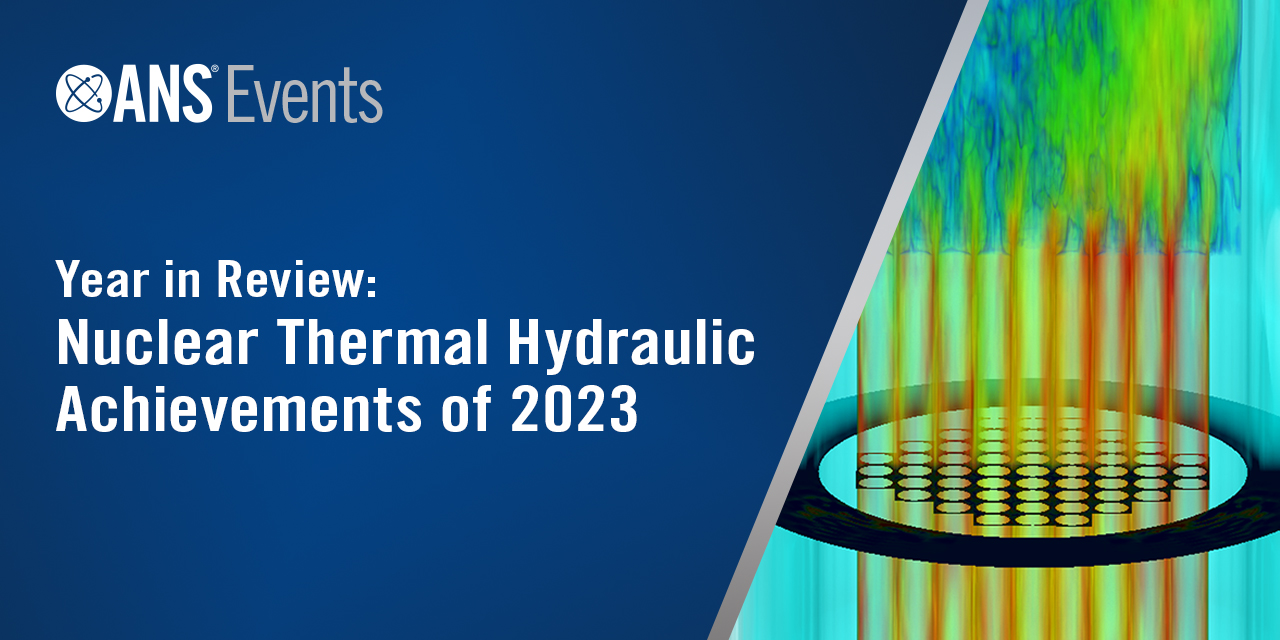A view of Diablo Canyon nuclear power plant from the water. (Photo: California Coastal Commission)
The owners of the Diablo Canyon nuclear power plant plan to dredge a massive buildup of shoaled sediment from its seawater intake cove.
Pacific Gas and Electric spokesperson Suzanne Hosn said, “The dredging project in the Diablo Canyon marina will remove approximately 70,000 cubic yards of sediment to prevent circumstances that could impact the power plant’s cooling system. Dredging will take place for the first time since operations began because of a rapid increase in sediment.”
The extrusion in progress. (Photo: INL/Lightbridge)
Lightbridge Corporation announced today that it has reached “a critical milestone” in the development of its extruded solid fuel technology. Coupon samples using an alloy of zirconium and depleted uranium—not the high-assay low-enriched uranium (HALEU) that Lightbridge plans to use to manufacture its fuel for the commercial market—were extruded at Idaho National Laboratory’s Materials and Fuels Complex.
The site of the Maine Yankee nuclear power plant, which was decommissioned in 2005. As with its sister plants Yankee Rowe and Connecticut Yankee, all that remains of the site is the plant ISFSI. Without a national waste management solution, spent fuel will continue to sit at sites such as these. (Photo: Maine Yankee Atomic Power Company)
After decades of false starts, U-turns, and stasis, the United States has arrived at a de facto solution for its high-level nuclear waste: Leave it in storage where it was produced, no matter how many tens of billions of dollars it costs, what impediments it raises for nuclear expansion, or what burdens it creates for the reuse of old reactor sites.
Dumb as it sounds, this is keeping all the major players happy. And it avoids alternative pathways, each of which has problems.
Waste drums at the Winfrith site's treated radwaste storage facility. (Photo: NWS)
More than 1,000 drums of low-level radioactive waste in the United Kingdom have been safely disposed of earlier than expected. The project was completed through the collaborative work of Nuclear Waste Services (NWS), Nuclear Restoration Services (NRS), and Nuclear Transport Solutions (NTS).
Electrician Joshua Dickinson (left) leads a group of craft employees through the “School of Hazards” course. (Photo: DOE)
A new program at the Savannah River Site is educating workers on everyday workplace hazards through a new hands-on, peer-led mobile field course.
Workers install the core module of Linglong One, the world's first commercial SMR, at a nuclear power plant in Changjiang Li autonomous county, Hainan province, in August 2023. (Photo: Zhang Liyun/chinadaily.com.cn)
China is on pace to add as many as 10 reactors a year and may surpass the United States’ total nuclear capacity by 2030.
As part of this growth, construction is wrapping up this month on the world’s first onshore commercial modular pressurized water reactor—Linglong One, which is located in the Hainan province. That’s according to China Metallurgical News, an established news unit reporting on China’s industrial chain.
Hitachi pulled out of plans for a nuclear project at Wylfa in 2020 (Image: Horizon Nuclear Power)
Great Britain announced last week that it will purchase land at two nuclear sites from Hitachi for £160 million ($203 million).
Chancellor Jeremy Hunt announced the deal for the sites—Wylfa in northern Wales and Oldbury-on-Severn in southwestern England—during the annual budget speech to Parliament. Under Hitachi’s ownership, the land was prepped for developing a pair of advanced boiling water reactor units, but those plans were suspended in 2019 due to economic constraints.















